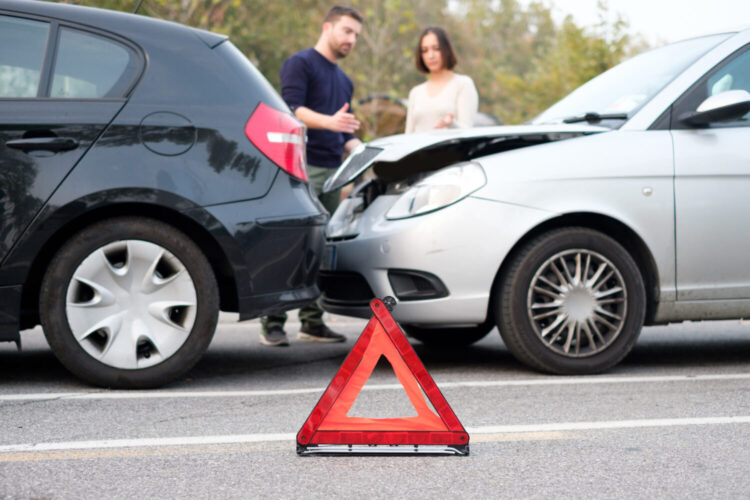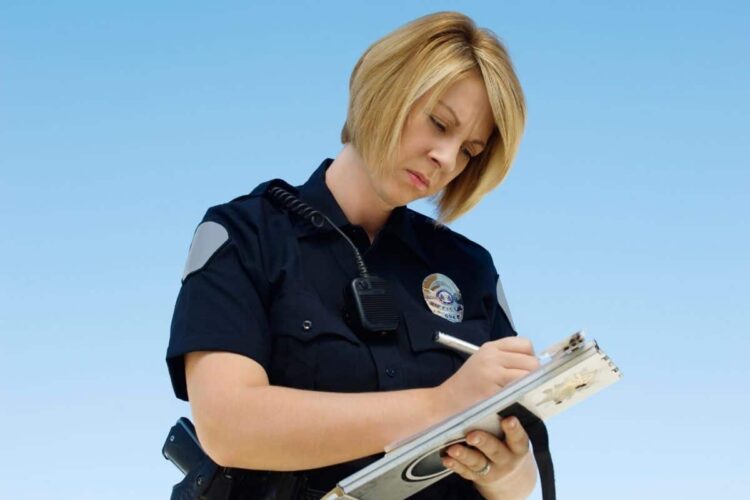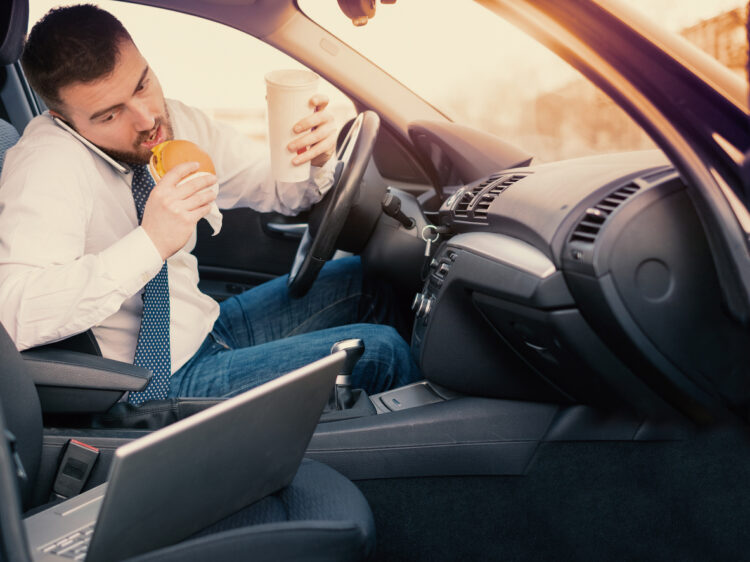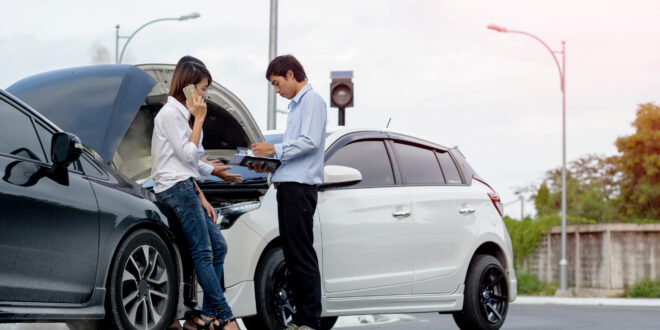Car accidents happen a lot on roads everywhere. In the aftermath of car accidents, identifying the responsible party is vital for insurance claims, legal proceedings, and, most importantly, the well-being of those involved. Investigating fault in these cases is a meticulous process that demands a comprehensive grasp of the events preceding the collision.
This article will discuss the steps and things you need to know to determine who’s responsible for a car accident.
Gathering Information at the Scene
When you’re trying to figure out who’s at fault after a car accident, the first thing to do is gather a bunch of information right there at the scene. Get the contact details of everyone involved and any witnesses. Also, make a note of where and when the accident happened. Use your phone or camera to take pictures of the cars, the scene, and any essential road signs.
According to Briskman Briskman & Greenberg, most car accidents happen in urban areas. If you have been involved in a car accident, determining the scene’s location and whether it’s rural or urban is important. The emergency response time, access to medical facilities, traffic conditions, availability of witnesses, and law enforcement response are influenced.
Also, think about the weather and the environment. City and countryside conditions can be different, and that can change how the accident happened and how safe everyone is. Cities usually have better ways for people to communicate, which helps report accidents faster and get emergency help there quicker.
Police Reports
Contacting law enforcement is essential in serious car accidents. Police officers can assess the situation objectively and document their findings in a police report. You must secure a copy of this report, as it typically includes valuable information such as statements from witnesses, accident scene diagrams, and the officer’s opinion on fault.
Check for any traffic violations written in the report because they can help figure out who’s responsible.
Eyewitness Testimonies

Eyewitnesses provide invaluable insights into the events leading to a car accident. You can talk to them and ask what they saw. Their statements can add much to the overall picture of what went down.
Their accounts might agree with what the people in the accident are saying, or they might have noticed things that the drivers didn’t. Eyewitnesses could remember important details that the drivers might have missed or forgotten.
Accident Reconstruction Experts
When a car accident is complicated, or there are different stories about what happened, experts called accident reconstruction specialists can be brought in. These experts use computer simulations to study how the crash happened, including the speed of the cars and the sequence of impacts.
Using their skills, they can give a detailed and impartial view of how the accident went down. This scientific approach helps determine who’s responsible based on facts instead of just opinions.
Vehicle Damage Assessment
Analyzing the location and extent of vehicle damage provides insights into the dynamics of the collision. Inspecting the damage to each vehicle helps determine the point of impact, the speed, and the angles at which they collide.
In certain instances, vehicle damage analysis alone can establish a clear picture of the likely at-fault driver. This information is frequently utilized by insurance adjusters when assessing claims.
Traffic Laws and Regulations

Understanding and applying traffic laws and regulations is fundamental to determining car accident faults. Each jurisdiction has specific rules governing the right of way, speed limits, and other driving behaviors. Analyzing whether any involved parties violated these laws can provide insight into who is liable. For example, if one driver ran a red light or failed to yield, they may be deemed at fault for the accident.
In some jurisdictions, liability may be shared based on contributory or comparative negligence, and identifying traffic violations is critical to assessing each party’s contribution. Witness testimony may corroborate documented violations, strengthening the case for determining liability.
Driver Statements and Admissions
Statements made by the drivers immediately following the accident can be crucial in establishing liability. In some cases, drivers may admit fault at the scene or make statements that imply responsibility.
However, it’s essential to consider the context and potential biases when evaluating these statements. Drivers may be in shock or unaware of the circumstances, so their initial statements may only sometimes accurately reflect the sequence of events.
Surveillance Footage and Dashcams
Video footage at nearby businesses or traffic cameras can provide a clear and objective account of the accident. Dashcam footage from the involved vehicles is increasingly common and can be a powerful tool in determining fault.
Analyzing video evidence allows for a real-time assessment of the events leading up to the collision, providing an additional layer of objectivity to the investigation.
Cell Phone Records

Distracted driving, frequently attributed to phone use, is a prominent cause of car accidents. If there is suspicion that a driver was using their phone at the time of the accident, obtaining cell phone records is crucial.
These records can reveal whether calls or texts were made or received around the time of the collision. This information helps determine who is responsible for the accident and proves if the distracted driver acted carelessly.
Medical Records and Accident Injuries
Medical records in a car accident may help establish the extent of victims’ injuries and contribute to understanding the sequence of events surrounding the incident. While they are not the sole factor in determining fault, these records are crucial in documenting injuries and their subsequent treatment.
Relevant medical documents include emergency room records, doctor’s notes detailing diagnoses and treatment, diagnostic imaging results such as X-rays or CT scans, prescription records indicating the severity of injuries, and physical therapy records illustrating the rehabilitation process.
It’s important to note that medical records are part of the overall evidence considered by insurance companies, legal professionals, or authorities responsible for investigating the accident. Seeking prompt medical attention and consulting with legal professionals help in navigating the complexities of fault determination in their specific jurisdiction.
Conclusion
Determining who’s responsible for a car accident involves examining many factors. Each step is vital in deciding who’s at fault, from collecting info at the scene to getting help from experts who can reconstruct the accident. As technology improves, we can expect new tools and methods to keep improving how we investigate car accidents, making our roads safer for everyone.
 Hi Boox Popular Magazine 2024
Hi Boox Popular Magazine 2024



